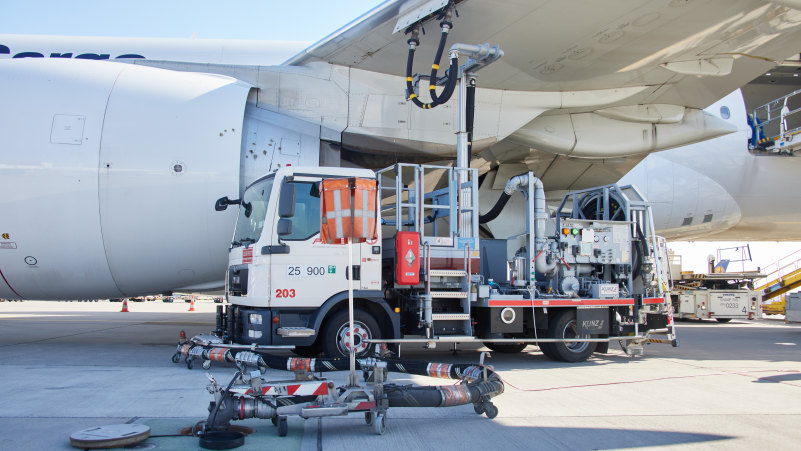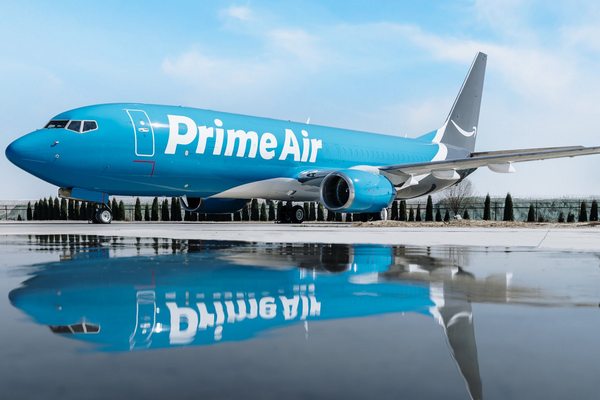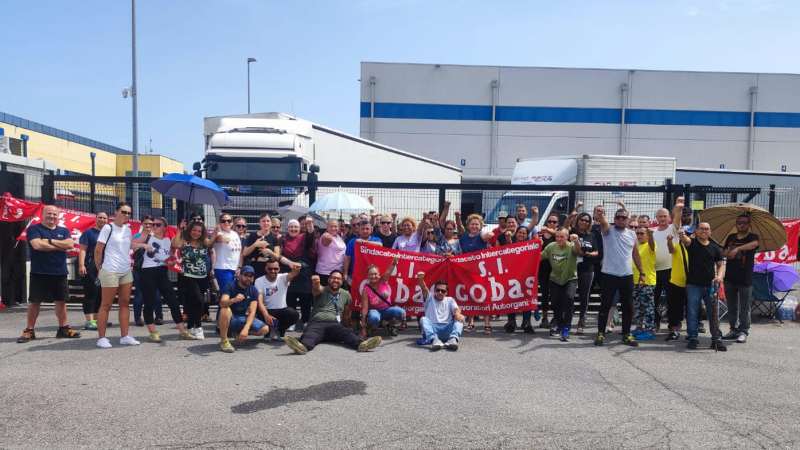Starting with a key question: Does the Genoa port system, which also includes the Pra' area, need a new and larger hinterland space, situated beyond the current limited areas and necessarily across the Apennines? And if so, to what extent? The future of logistic decisions related to the Genoa port revolves around this inquiry, with Alessandria's potential role at the forefront. The Piedmont city's urban center is adjacent to a historic freight railway yard, which covers one million square meters and was once one of Italy's largest and busiest (boasting about fifty tracks) but is now almost unused.
The possibility of it serving as Genoa's hinterland hub has been discussed for decades, but it was not until March 2024 that Rfi presented a technical and economic feasibility project and initiated the masterplan definition of the intermodal hub, with a tender closing on June 3, 2024. The goal is to define the strategic direction document by the end of the year to start the operational phase in 2025.
The stakes are high, and only after the plans are revealed will it become clear not only what Alessandria's intermodal future will look like, but also how Genoa's potential logistics hinterland might be shaped. Will there be one large area, in this case, Alessandria, or a series of hubs that might integrate or, conversely, compete for their space, potentially at the expense of others viewed as competitors? For now, the outcome seems quite undefined, especially given the varied reality.
The region does not lack facilities, starting with the Rivalta Scrivia interport, whose managing company linked to the Gavio Group is certainly not just watching from the sidelines but planning to expand the current facility by an additional 650,000 square meters. Further north, the Mortara interport center, given the distances, can never serve as a hinterland for Genoa but can capture some of the traffic, also because it is located on a railway line from Genoa to Novara to Swiss passes where Rfi is investing significant resources to create a corridor suitable for unlimited gauge intermodal transport.
Moreover, the indications from the technical and economic feasibility project and from Alessandria's masterplan suggest no ambition for a structure that could represent a logistic turning point for the entire economic triangle pivoting on Genoa. It is true that there is talk of thirty hectares designated for the railway terminal and another seventy hectares at the center of an intermodal hub project, but especially regarding the latter, the functions are quite varied, including urban mobility and land reuse (extending to residential, even student housing), functions that have little to do with freight transport and at best represent a deal for the proponent.
The railway yard will feature three 40-ton portal cranes for cargo handling, with four tracks at 750 meters each, two lanes for the transit of road tractors, and spaces for container storage. The details remain to be defined in the masterplan, but for a structure that aims to become the hinterland of Genoa, a comparison with a reality like Quadrante Europa in Verona, which boasts 18 tracks, over 17 loading/unloading tracks, and 13 storage tracks served by numerous portal or mobile cranes, and is planning a further expansion with an additional eight tracks, appears unmatched. If this is an established reality, Alessandria still has everything to prove.
Piermario Curti Sacchi



























































